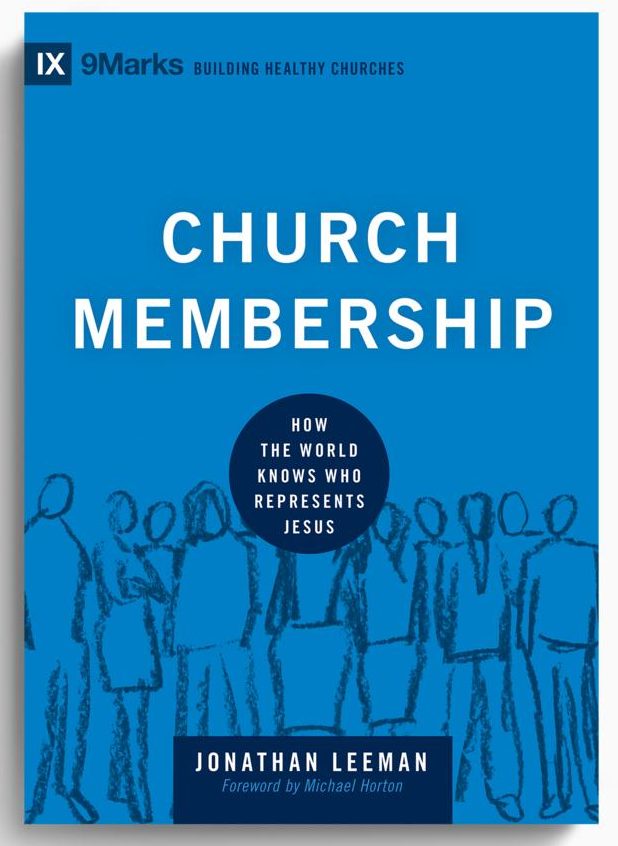CHAPTER 4
What Are a Church and Its Members Like?
Photos of Parading Fruit Bowls
When the New Testament authors start talking about the church and its members, they push this mixing of metaphors into hyperdrive, like hitting the turbo button on a racehorse. Paul talks about being baptized into a body, as if one could be immersed into a torso. Peter talks about Christians as “living stones,” itself a mixed metaphor, and then he says that these “living stones are being built into a spiritual house to be a holy priesthood” (1 Peter 2:5 ESV). If I had written a sentence like that in my high school English class, my teacher would have picked up his red pen and gone to town. I’m not sure what he would have done in town once he got there, but at least he would have had his red pen with him.
When you open up the Bible and read what God says about the church, you find yourself staring at one big mixed metaphor. We read that the church is like a body, a flock of sheep, branches of a vine, a bride, a temple, God’s building, a people, exiles, a holy nation, a royal priesthood, salt of the earth, the Israel of God, the elect lady, and on and on. The images keep coming, one piled on top of the other. It’s like flipping through a photo album of images. Or maybe watching a parade. Or maybe reaching into a fruit bowl. I guess it’s like looking at a photo album filled with parading fruit bowls.
The institutional local church is the assembly of believers that Christ instituted for the specific purpose of exercising the keys of the kingdom and making disciples through preaching and the ordinances. That is what a local church is. It’s a key-carrying body established by Jesus for the sake of everyone he has purchased with his blood.
But ending our description here would be like saying a marriage is the marital covenant while saying nothing about all the activities that the marital covenant makes uniquely and wonderfully possible, such as partnership building and physical intimacy. The institutional view needs to be complemented by an organic view, we said. The rules of an institution, mind you, don’t only constrain, they commission. They empower. They build a platform for activity.
The keys of the kingdom, followed by Christ’s Great Commission in Matthew 28, enable Christ’s disciples to grab hold of the wonders of the new covenant and put them into practice on earth. And this is where all the biblical metaphors for the church come into play: body, bride, temple, family, and so forth. We live out our body-ness, our bride-ness, our temple-ness, and our family-ness through the accountability structures of the church’s judicial activity of member affirmation, oversight, and discipline. The institutional language of kingdom and keys, you might say, acts like the bowl that holds all the fruit or the album that features the photos.
Sure enough, Jesus’s kingdom is not metaphorical, at least not in the same way as these other metaphors for the church. Jesus’s kingdom really is a kingdom. He really does rule his people. But the church is not really a human body, a bride in a dress, a temple made of bricks, a family of biologically related individuals, and so forth. Those are metaphors. That’s why we began with the idea of Christ’s kingdom—to help us describe what the church and its members are. But then we need to turn to the organic church, or what a church and its members are like. These members are like a body, like a bride being made ready, like a temple, like a family, like a royal priesthood, and so forth.
That’s why it’s not enough just to say that the church is an embassy of official citizens. When I walked into the US Embassy in Brussels, nobody referred to me as brother as they do at church. Why do they call me a brother at church? Because belonging to a church is belonging to a family of sorts.
The church is unlike anything on earth. It’s simultaneously family-like, body-like, flock-like—you get the idea. That’s a hard picture to draw, even for the best artists.
The Importance of Biblical Metaphors for the Church
Let me make several more points about these metaphors and why they’re so important to understanding church membership.
1. Each one has a job to do for describing something about our union in a church. Each metaphor teaches us something different about what a church and its members are like. To describe the church as a family is to speak about its relational intimacy and shared identity. To call it a body is to say that its members are mutually dependent but have different roles. To refer to it as the temple of the Spirit is to say that God specially identifies himself and dwells with these people. The language of vine and branch communicates the church’s dependence on Jesus and his Word for its life. Do you see?
Think about it in terms of union. The union of a married couple serves a different purpose than the union of two bricks in a building because they are different kinds of unions. But what’s our union within our churches supposed to be like? Like a marital union? A union of bricks? What? Well, we need to borrow words and ideas from all these different images to be able to characterize relationships within a local church. Isn’t that amazing?
So when people ask me, “Is church membership even in the Bible?” I’m half tempted to reply, “No, it’s not in the Bible, at least not in the way that you mean.” The Bible has a much richer and more complex vision of how Christians should live out their unity in local churches. It’s as though we’ve been looking for apples when really we should be looking for whole bowls of fruit.
There’s nothing on earth like the local church.
2. We need all these images for describing a church and its members. If all these metaphors or images have a job to do, then we need all of them. You cannot just pick your favorite fruit from the fruit bowl and leave the rest—“I’ll take the apples and leave the oranges, thank you.” No, you have to grab the whole bowl.
In other words, you should think twice before deciding which metaphor for the church is most important. Some Christians in church history have tried to say that the church is more the body of Christ or more the people of God. But that’s like saying I’m more a husband than a father, or more a father than a husband. I admit, my wife or kids might prefer one or the other, but I’m irreducibly both. You need the categories “father” and “husband” and a number of others to describe who I really am.
Unhealthy churches, even denominations, are sometimes the result of church leaders who have picked their favorite metaphors out of the bowl and left the others—they become all intimacy (family) or all hierarchy (body).






